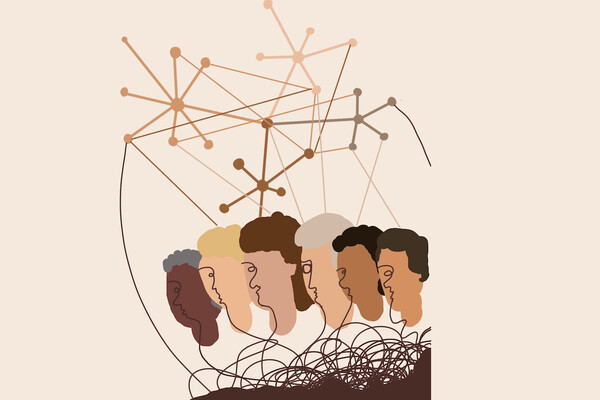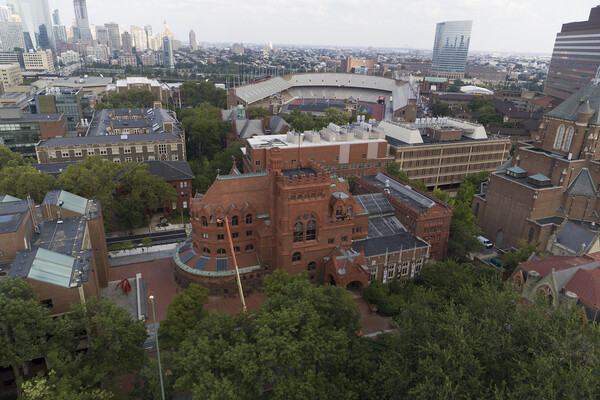The miracle workers
Katalin Kariko and Drew Weissman of the Perelman School of Medicine were among those named as Time’s 2021 Heroes of the Year for their research on mRNA, the foundation for the COVID-19 vaccines.
Katalin Kariko and Drew Weissman of the Perelman School of Medicine were among those named as Time’s 2021 Heroes of the Year for their research on mRNA, the foundation for the COVID-19 vaccines.

Researchers from the Perelman School of Medicine, School of Dental Medicine, and School of Veterinary Medicine, along with the Wistar Institute and Fraunhofer USA, are developing a chewing gum laced with a plant-grown protein that could neutralize the COVID-19 virus in saliva.

The Energy and Sustainability Initiative will support collaborative, cross-disciplinary work on one of the most urgent issues facing society today: breaking our dependence on non-renewable energy sources and promoting a cleaner environment. (Image: Sam Falconer)
Sam Falconer
Researchers led by Daniel Yoshor of the Perelman School of Medicine are developing better electrode arrays, which are used to induce neural activity. Current arrays approved for human use are bulky and contain around 1,000 electrodes, whereas the arrays Yoshor and colleagues are working on would have 64,000 electrodes, and eventually 1,000,000 electrodes.
Research by Katalin Karikó and Drew Weissman of the Perelman School of Medicine laid the groundwork for mRNA vaccines.
Strella Biotechnology, a company housed in Pennovation and co-founded by then junior Katherine Sizov, a winner of the 2019 President’s Innovation Prize, is working to reduce food waste using biosensors to monitor ethylene, a natural gas that ripens fruits and vegetables. “If we don’t solve this food waste problem now, it will become a lot more expensive later,” Sizov said. “As our climate becomes more volatile, this is going to crop up more and more.”
An analysis of Penn Medicine’s COVID Watch, an automated texting program that helps monitor the condition of COVID-19 patients recovering at home, found that the risk of death for participants was 64% lower than for those receiving the usual care. Furthermore, participants with worsening symptoms went to the emergency department earlier and started treatment sooner than typical patients. “We think that is the mechanism by which we prevented deaths,” said Krisda Chaiyachati.

Image: Somalee Banerjee
Somalee Banerjee
